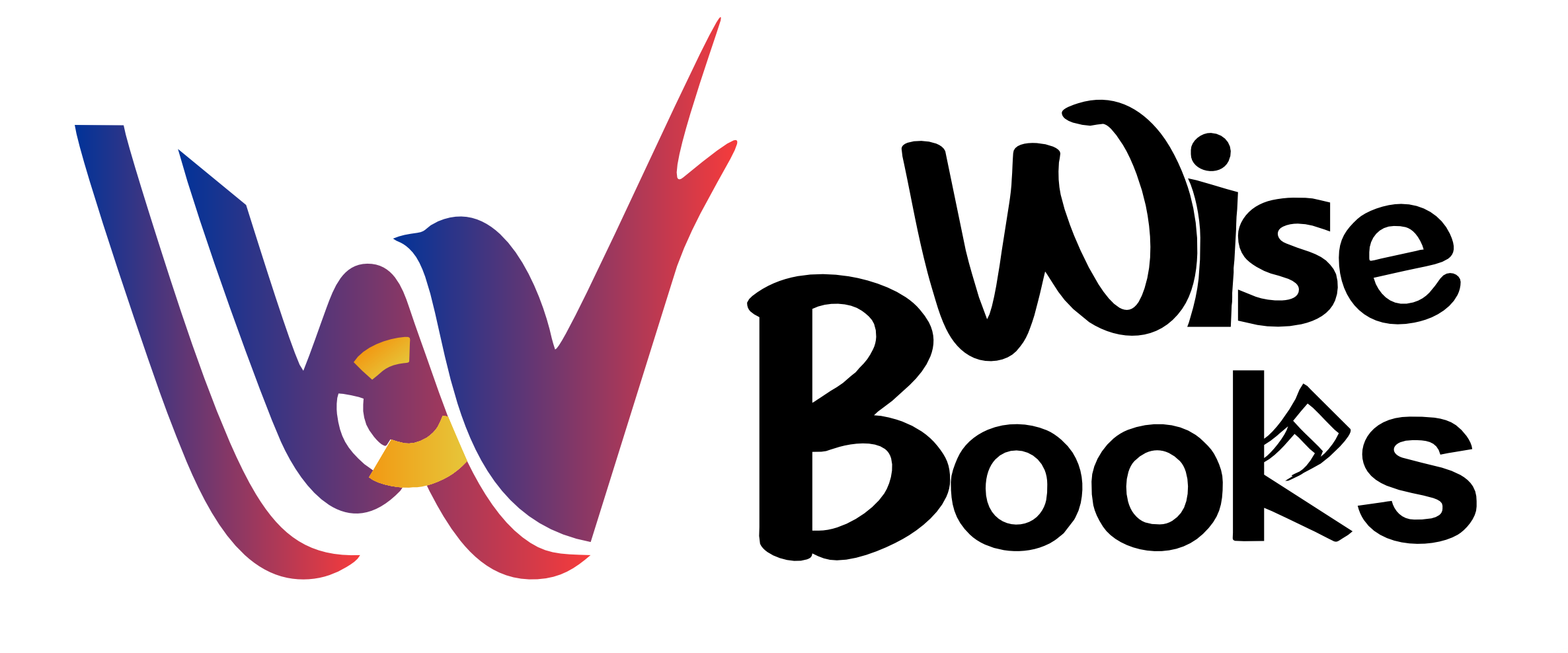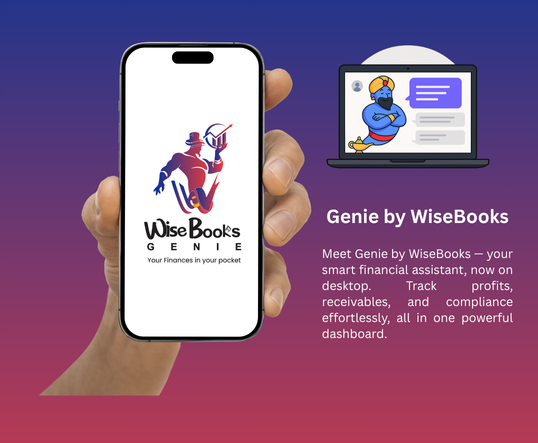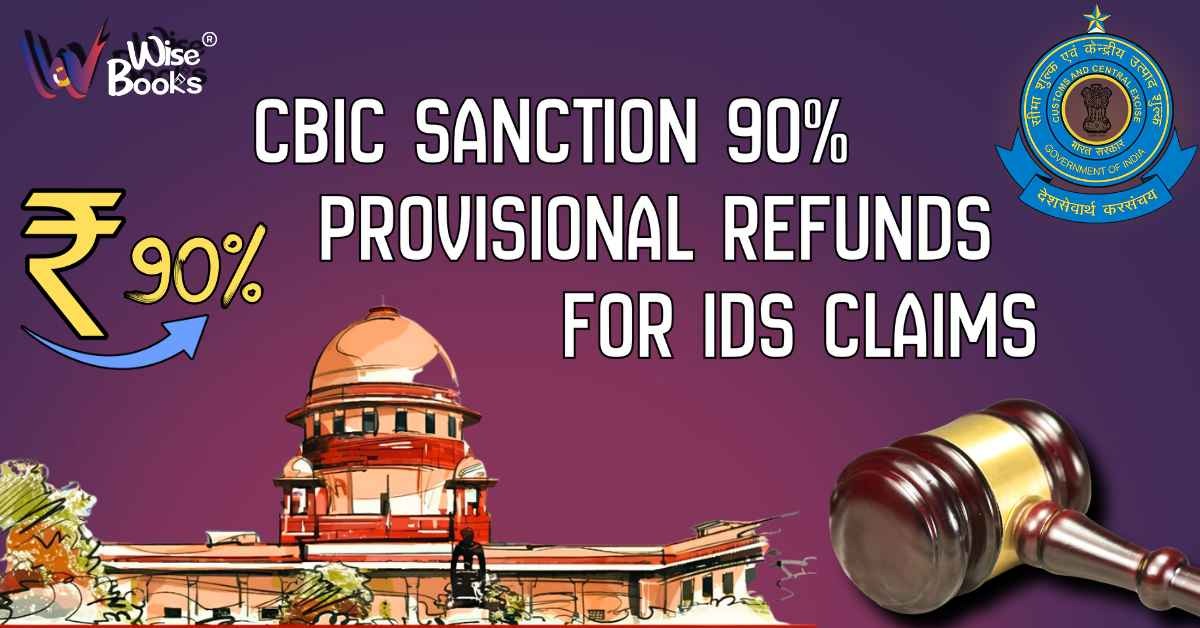One of the biggest liquidity challenges for manufacturers in India has been the inverted duty structure (IDS) — where tax on inputs exceeds tax on the final product. To ease this burden, the Central Board of Indirect Taxes & Customs (CBIC) has announced a major relief: 90% provisional refunds for IDS refund claims filed on or after October 1, 2025.
In this article, we break down:
-
What inverted duty structure means
-
Details of the new CBIC directive
-
Eligibility, process & conditions
-
Risks & things to watch out for
-
What businesses should do now
What Is Inverted Duty Structure (IDS)?
When the GST rate on inputs used in production is higher than the GST rate on the finished good, it leads to IDS. This scenario causes excess input tax credit (ITC) accumulation, which gets blocked and impacts cash flow.
For instance, if raw material is taxed at 18% and the finished product is taxed at 5%, the manufacturer has paid more GST on inputs than what they can claim on output. Over time, this blocked credit is a working capital burden.
The new GST reforms in September 2025 have corrected many inverted duty anomalies, but some sectors still face inversion due to rate changes, classification, packaging costs, etc.
What Did CBIC Announce? 90% Provisional Refund for IDS Claims
Starting October 1, 2025, CBIC has issued instructions requiring its field units to grant 90% of the refund claimed on a provisional basis for refund applications relating to IDS.
Key points:
-
The instruction applies to IDS refund claims filed on or after October 1, 2025.
-
Provisional refund is subject to a system-based risk evaluation/checks — meaning not all claims may qualify automatically.
-
This measure is akin to the refund mechanism for zero-rated supplies, where a provisional refund was earlier possible.
Importantly, though the rate is 90%, final settlement of refunds will depend on validation, audit, or adjustment after verification.
Who Is Eligible for the Provisional Refund?
To benefit from this new relief, your case should satisfy:
-
You must be a registered taxpayer claiming a refund on account of IDS (i.e. input > output).
-
The claim should be filed on or after October 1, 2025 (i.e. new claims).
-
The claim must pass the system-based checks/risk evaluation (fraud checks, documentation, mismatch flags).
-
Compliance with all existing rules on refund claims (timely filing, audit, supporting documents, etc.).
If your IDS claim is from before October 1, 2025, this provisional benefit does not automatically apply, though transitional relief may be examined under other notifications.
How the Refund Process Will Work (Step-by-Step)
-
File Refund Application
Use the standard refund form under CGST/SGST rules (ASSORD / other applicable heads), indicating that your claim is due to inverted duty. -
System-Based Screening
The claim is evaluated by automated risk-based checks at the departmental / system level. -
Grant 90% Provisional Refund
If your claim passes the checks, 90% of the claimed refund amount is sanctioned provisionally, subject to limit and further audit. -
Final Adjustment / Settlement
After examination / audit, the provisional refund may be adjusted (increase, decrease, or reversal) depending on verification results. -
Dispute / Appeal (if needed)
If the department disagrees in the final adjustment, you may need to contest via the refund litigation/appeal route under GST.
| Step | Action Required | Key Notes |
|---|---|---|
| 1. File Refund Application | Submit refund claim under “Inverted Duty Structure” category using GST portal. | Ensure all returns up to date; select correct refund reason. |
| 2. System-Based Screening | Application undergoes automated risk & compliance checks. | Claims failing validation may not qualify for provisional refund. |
| 3. Provisional Refund Sanction | 90% of eligible claim sanctioned provisionally by CBIC officer. | Applies only to claims filed on or after 1st October 2025. |
| 4. Verification / Audit | Documents reviewed, reconciliations verified post-sanction. | Department may adjust amount based on findings. |
| 5. Final Settlement | Balance refund (if any) released or adjusted after scrutiny. | Maintain records for future reference and audit. |
Benefits & Risks: What Businesses Must Know
Benefits
-
Immediate Liquidity
Receiving 90% of the refund helps release working capital blocked via IDS claims. -
Reduced Waiting Time
Previously, full refunds were subject to longer scrutiny before release. With provisional relief, businesses can access funds earlier. -
Confidence & Relief for Affected Sectors
Industries still facing inversion (textiles, packaging, speciality goods) now have a direct support route.
Risks & Cautions
-
Verification & Adjustment
Provisional refund is not final. The department may audit and adjust your claim. -
Compliance Burden
You must ensure full supporting documents, reconciliations, and accuracy — gaps may lead to rejection or recovery. -
Partial Rejection Risk
If the system flags anomalies, only part of the refund may be allowed. -
No Guarantee for Legacy Claims
Claims before October 1, 2025, may not qualify for this benefit. -
Cashflow Overdependence
Don’t depend entirely on provisional refunds; maintain prudent cash reserves.
What Businesses Should Do Now
-
Review Pending IDS Claims — Check if you have refund claims pending under inversion.
-
Plan New Claims — If your input > output situation persists, prepare fresh claims post October 1, 2025.
-
Organize Documentation — Keep invoices, details of input/output, reconciliations, prior correspondence ready.
-
Verify Compliance — Ensure your returns, audit reports, and accounts are accurate and consistent.
-
Monitor CBIC Notifications — Changes or clarifications may follow; stay updated.
-
Seek Professional Help — A consultant / GST practitioner can help you structure claims to pass system risk checks.
FAQs
Q1. What is an inverted duty structure (IDS)?
It occurs when input tax exceeds output tax, resulting in blocked input tax credit and working capital stress.
Q2. When does the 90% provisional refund rule apply?
To refund claims filed on or after October 1, 2025, under IDS.
Q3. Is the provisional refund the final refund?
No — it is subject to verification, audit, and adjustment later.
Q4. Can I claim 90% provisional refund for older IDS claims?
Not automatically — this benefit is for new claims. Legacy claims must be evaluated separately under transitional rules.
Q5. What happens if a claim fails system checks?
Then a full provisional refund may not be granted, or only part of the refund may be allowed.
Conclusion
The CBIC’s decision to grant 90% provisional refunds for IDS claims is a major boost for businesses grappling with inverted duty structure issues. While it doesn’t solve all challenges, it offers immediate liquidity relief and helps ease working capital pressures.
If you have pending IDS refund claims or want to file new ones post-October 2025, it’s crucial to approach with accuracy, documentation, and strategy.
📞 WiseBooks is here to help you evaluate eligibility, structure claims, ensure compliance, and maximise refund outcomes. Reach out for a consultation today.



Comments
Very helpful and well-explained information. Thanks for sharing!”
Really Valuable Information, thanks